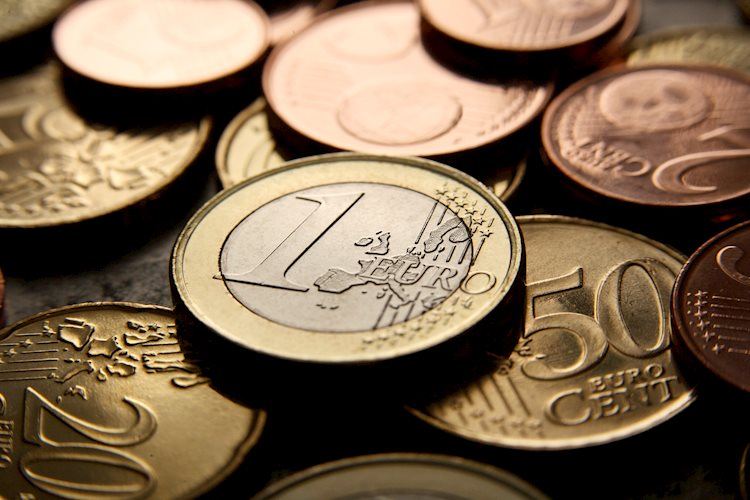The EUR/USD currency pair experienced a significant increase above 1.0950 following the release of a soft US Producer Price Index (PPI) report for July, leading to a decline in the US Dollar. The US Dollar Index (DXY) also dropped below 103.00 in response to the data. The PPI data showed slower growth in prices of goods and services at factory gates, leading to expectations of a potential 50 basis points interest-rate cut by the Federal Reserve (Fed) in the upcoming September meeting. Market speculation for a rate cut has slightly improved, with traders now seeing a 54.5% chance of a 50 bp rate reduction.
The release of the US Consumer Price Index (CPI) data for July, scheduled for the next day, is expected to further impact the US Dollar and influence market speculation regarding Fed interest rate cuts for the year. Annual headline and core inflation figures are anticipated to have decelerated slightly, which will provide insights into the Fed’s approach to monetary policy easing. Additionally, concerns over economic sentiment in Germany and the Eurozone have put pressure on the Euro following the release of downbeat economic surveys. Expectations of further rate cuts by the European Central Bank (ECB) have added uncertainty to the Euro’s performance.
Despite the Eurozone’s stronger-than-expected economic growth in the second quarter, Germany’s GDP contracted by 0.1%, indicating vulnerabilities in domestic and overseas demand. Finnish ECB policymaker Olli Rehn has expressed support for rate cuts to help boost the Eurozone economy, particularly concerning industrial growth and investments. The ECB’s monetary policy outlook remains uncertain, with economists divided on whether the central bank will opt for aggressive interest rate cuts or a more calibrated approach depending on economic conditions.
Technical analysis of the EUR/USD pair shows that the Euro is trading close to the upper boundary of a channel formation on the daily time frame. A breakout above the current levels could lead to further upside momentum, with key resistance levels at 1.1009 and 1.1065. On the downside, a move below support levels could push the pair towards lower levels. Inflation measures, such as the Consumer Price Index (CPI), play a crucial role in shaping central banks’ monetary policy decisions and impacting currency movements.
Inflation measures the rise in the price of goods and services over time, with core inflation excluding volatile elements like food and fuel. Central banks aim to keep inflation at a manageable level, usually around 2%. Higher inflation can lead to stronger currency values due to potential interest rate hikes by central banks to control inflation. In contrast, lower inflation can weaken a currency. Historically, gold was considered a safe-haven asset during times of high inflation, but the impact of inflation on currency values has evolved over time due to changing interest rate dynamics.











